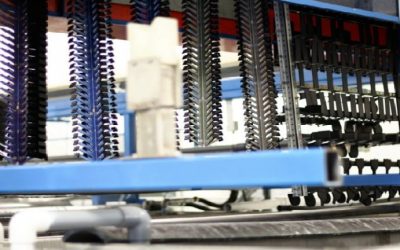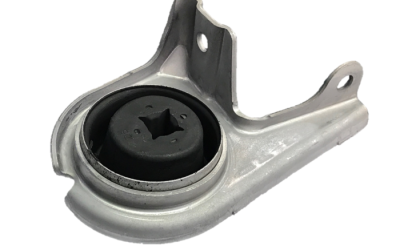Cleveland promotes the use of a number of processes in the manufacturing trade. One of these processes includes the application of TIG welding. The acronym of TIG represents the words Tungsten Inert Gas, which is a term that is technically referenced as gas tungsten arc welding (GTAW). The process makes use of a tungsten electrode that is designed to deliver the current to a welding arc.
The Definition of Arc Welding
Arc welding itself is a type of welding that makes use of a power supply to create an arc of electricity between an electrode and a base material in order to melt metals at the welding point. Welders either use an AC or DC (alternating or direct current) application and non-consumable or consumable electrodes. This fusion process is one of several such methods utilized for joining metals. By the application of intense heat, the metal at the joint is caused to intermix with an intermediate type of filler metal.
TIG Type Welding
TIG welding in Cleveland, when applied in manufacturing or at a job site, uses a non-consumable electrode made of tungsten that delivers the electrical current to a welding arc. The weld puddle and the tungsten are safeguarded and cooled typically with argon, which is a kind of inert gas. TIG welding is compared with oxy-acetylene welding since both types of processes use a filler type material for reinforcement or build-up.
Also known as heli-arc welding, TIG welding, was first formulated from an early Heli-arc machine. The “Heli-arc” name comes from a time when helium gas was used as a shield around an electric arc. TIG welding came into play in the 1930s and was used during the Second World War as a preferred method for welding aircraft parts. In prior years, the welding process included the use of a torch, which is a piece of equipment that requires a considerable amount of time and skill to use and master.
TIG type welding today is often used in race car fabrication. It is frequently performed for welding aluminum and 4130 chrome moly steel. Most TIG welders use an AC/DC switch. DC current is used for welding steels while AC current is utilized for welding aluminum. Any welder who has used an oxy-acetylene torch usually has no problem welding with a TIG machine. The TIG process utilizes an electric torch while a filler rod is hand-fed into a molten puddle.
The TIG process is unique from other kinds of electric welding as the welder has the capacity to soft start and soft stop the heating. Some TIG welders like to use an accelerator pedal to monitor the heat while other welders like to use finger-tip remotes on a torch. A remote adjusts the heat while one is welding. Needless to say, this type of welding is highly popular in fabrication and sheet metal applications.








